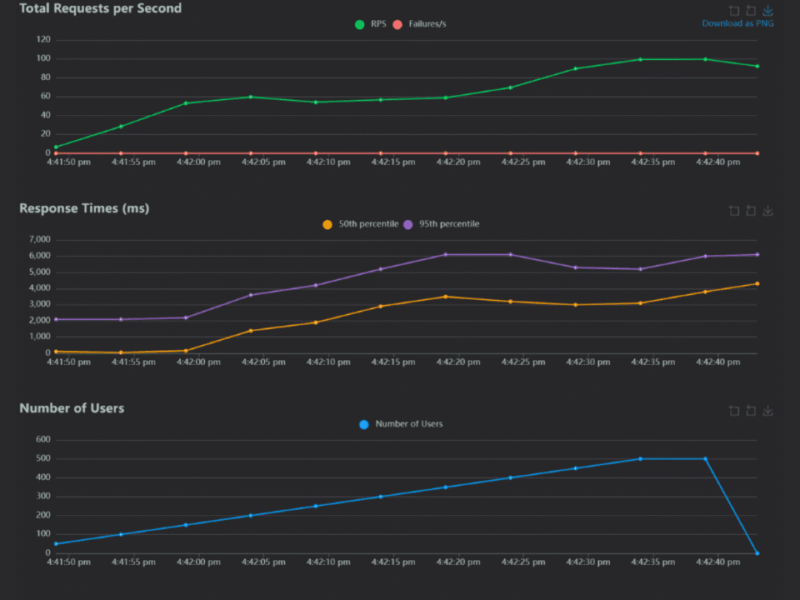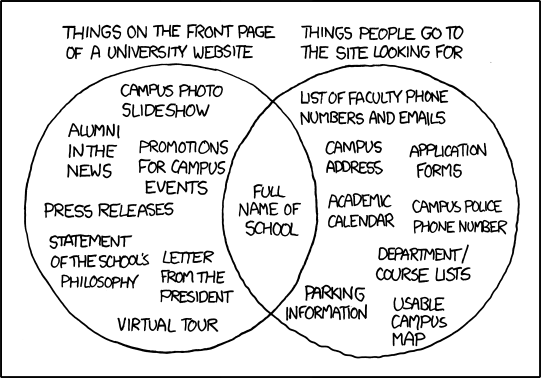An operating model is the backbone of an organization’s success, serving as a blueprint that integrates various components needed to deliver value to customers effectively. By delineating the relationships between processes, resources, and business capabilities, it provides a framework that guides strategic decision-making and operational execution.
What is an operating model?
An operating model illustrates how an organization functions to deliver value. It encompasses the essential elements, roles, and processes that work together to meet customer needs efficiently. This visual representation enables stakeholders to understand the interplay between different departments and functions.
Function of an operating model
An effective operating model serves multiple functions within an organization, establishing clarity and alignment across various levels.
Roadmap for business execution
This model acts as a strategic roadmap, systematically outlining how the organization’s business model will be executed. It serves as a guide for aligning resources and efforts with set objectives, ensuring that each stakeholder understands their role.
Variations in detail
Operating models vary in complexity, from high-level overviews suitable for small businesses to detailed frameworks needed for multinational corporations. Large organizations often require multiple models to address the diverse needs of different departments and customer segments.
Documentation process of operating models
Creating an operating model involves a meticulous documentation process that captures all essential components.
Teams involved in documentation
In larger organizations, internal design teams are typically responsible for documenting operating models. These teams collaborate to gather insights and ensure that every aspect is covered. Smaller entities may opt for simpler representations, such as flowcharts or visual aids, to map their processes.
Timeframe for development
The time required to develop an operating model can vary significantly depending on the organization’s size and complexity. It may take anywhere from a few days for simpler models to several months for comprehensive, multilayered frameworks.
Components of an operating model
An effective operating model consists of several core components that together form its infrastructure.
Business capability models
These models visually represent what the business can achieve. They aid leaders in strategic decision-making by clearly outlining the organization’s capabilities and potential areas for growth.
Capability maturity models (CMM)
CMMs focus on the progressive development of business processes and software. They provide a structured framework for organizations to evaluate their current capabilities and formulate plans for improvement.
Management structures
Organizational charts clarify the management hierarchy, enhancing operational transparency. Clearly defined structures help streamline communication and decision-making.
Resource portfolios
These portfolios outline the schedules and inventories of resources crucial for delivering services efficiently. They help ensure that the right resources are available at the right time.
Supplier matrices
Supplier matrices categorize suppliers into strategic assets, facilitating optimized supply chain management. This categorization allows organizations to prioritize supplier relationships based on their importance to operations.
People models
Identifying key employee profiles and roles is essential for an organization’s success. People models help clarify responsibilities and foster team collaboration.
IT blueprints
IT blueprints encompass the goals, projects, and workforce needs of the technology infrastructure. These blueprints help align IT initiatives with business objectives.
Location maps
Visual depictions of the geographic distribution of work assets provide insights into operational efficiency and logistics management.
Decision grids
Decision grids illustrate the decision-making processes within an organization. They help clarify roles and streamline decision-making paths.
Value delivery chain in operating models
The value delivery chain is a critical aspect of an operating model, outlining the steps to achieve business objectives.
Steps to achieve business objectives
An operating model maps out the sequential activities involved in delivering value:
- Inbound logistics: Inputs are sourced from external resources.
- Operations: Transformation processes convert inputs into products or services.
- Outbound logistics: Delivery mechanisms are utilized to provide outputs to customers.
- Marketing and sales: Activities enhance visibility and customer engagement.
- Service: Post-sale support ensures product/service value and customer satisfaction.
Example of a value chain in practice
In a restaurant context, the value delivery chain encompasses sourcing fresh ingredients, cooking meals, marketing the menu, serving patrons, and gathering customer feedback to refine future offerings. Each step is interconnected, contributing to the overall dining experience and customer satisfaction.
Creating an operating model using the POLISM framework
The POLISM framework provides a structured approach to developing an effective operating model.
Step 1: Define the business strategy
Start by engaging leadership to unearth a unified vision for the organization, such as enhancing the customer experience across multiple channels.
Step 2: List processes and tools
Identify key processes and tools that will effectively deliver value to customers. This inventory will serve as a foundation for the operating model.
Step 3: Clarify organizational structure
Define how work is executed and the methodologies used across teams. Ensuring clarity in roles and responsibilities is crucial.
Step 4: Set success metrics
Outline relevant performance indicators for each department. Establishing clear metrics allows for effective measurement of success and areas for improvement.
Real-world example of an operating model
Patagonia provides an exemplary case of an operating model focused on sustainability. By aligning its operations with environmental responsibility, Patagonia leverages eco-friendly practices and sustainable materials, positioning itself as a leader in the outdoor apparel industry. This alignment with values not only enhances its brand reputation but also drives customer loyalty.
Technology’s role in developing operating models
Emerging technologies, such as the Internet of Things (IoT), play a significant role in enhancing operational efficiency. By leveraging technology, modern operating models can improve value delivery, streamline processes, and create innovative customer experiences.

